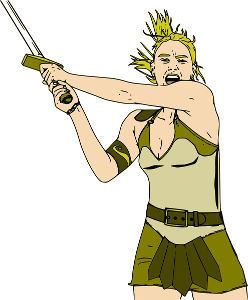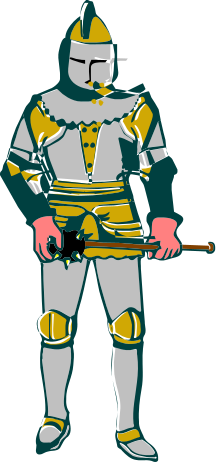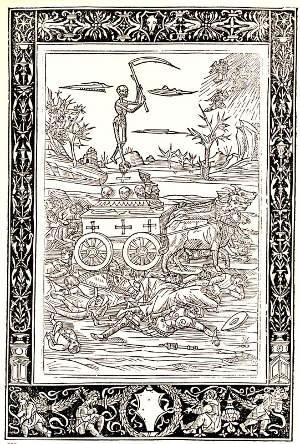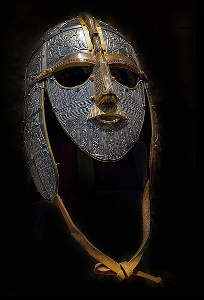In European history, the Middle Ages, or Medieval period, spanned almost 1000 years.
It began with the end of the Western Roman Empire and merged into the early modern period.
The Middle Ages is the middle period of the three traditional divisions
of Western history: Antiquity, Medieval period, and Modern period.
The Medieval period is itself subdivided into the Early, the High, and the Late Middle Ages.
EARLY MIDDLE AGES

The barbarian invaders formed new kingdoms.
Although there were substantial changes in society and political structures, the break with Antiquity was not complete.
The still sizeable Byzantine Empire survived in the East and remained a major power.
In the West, most kingdoms incorporated the few extant Roman institutions.
Monasteries were founded as campaigns to Christianize pagan Europe continued.
HIGH MIDDLE AGES
During the High Middle Ages, which began after AD 1000, the population
of Europe increased greatly as technological and agricultural
innovations.
The organisation of peasants into villages that owed rent and labour services to the nobles, and feudalism, the political structure whereby knights and lower-status nobles owed
military service to their overlords in return for the right to rent
from lands, were two of the ways society was organised in the High
Middle Ages.
The Crusades were military attempts by Western European Christians to regain control of the Middle Eastern Holy Land from the Muslims.
Kings became the heads of
centralised nation states, reducing crime and violence but making the
ideal of a unified Christendom more distant.
Intellectual life was marked by scholasticism, a philosophy that emphasised joining faith to reason, and by the founding of universities.
The philosophy of Thomas Aquinas, the paintings of Giotto, the poetry
of Dante and Chaucer, the travels of Marco Polo, and the architecture
of Gothic cathedrals such as Chartres are among the outstanding
achievements of this period.
LATE MIDDLE AGES

The Late Middle Ages was marked by difficulties and calamities including famine, plague, and war, which much diminished the population of Western Europe; between 1347 and 1350, the Black Death killed about a third of Europeans.
Cultural and technological developments transformed European society,
concluding the Late Middle Ages and beginning the early modern period.

|
 FACTS IN THE MIDDLE AGES
FACTS IN THE MIDDLE AGES
 FACTS IN THE MIDDLE AGES
FACTS IN THE MIDDLE AGES